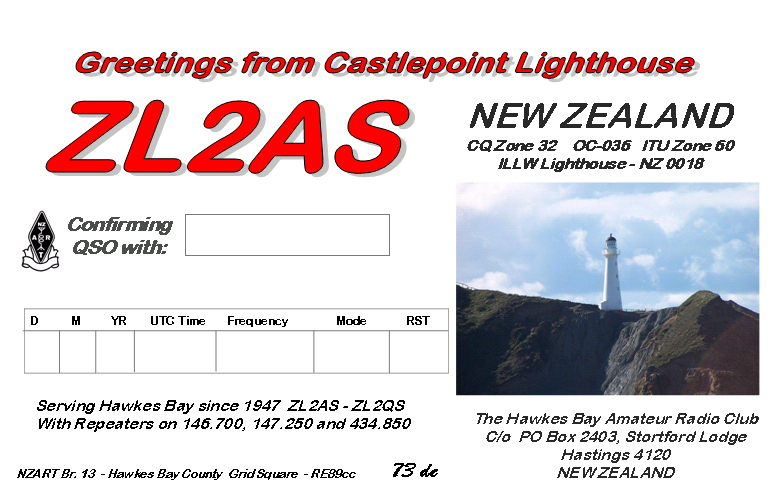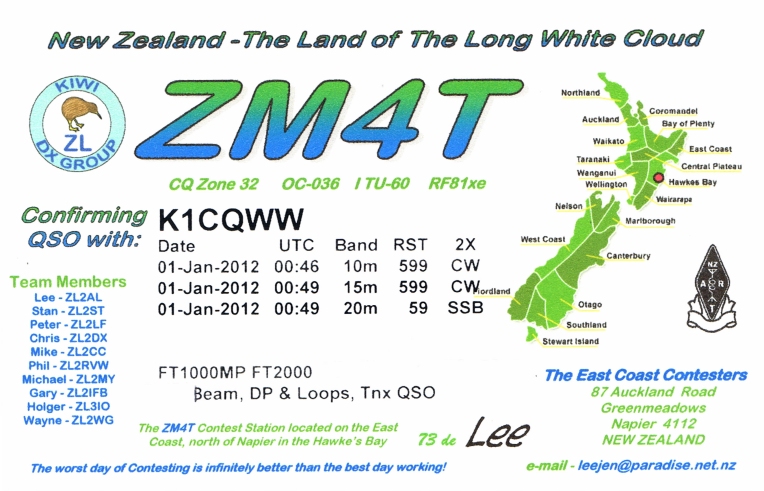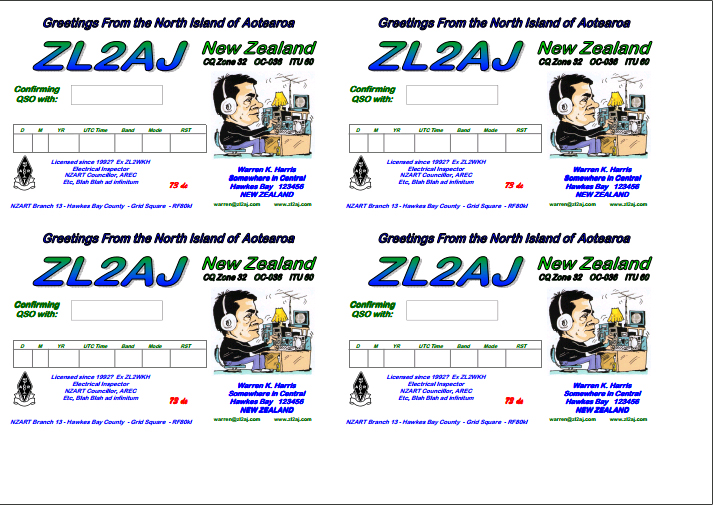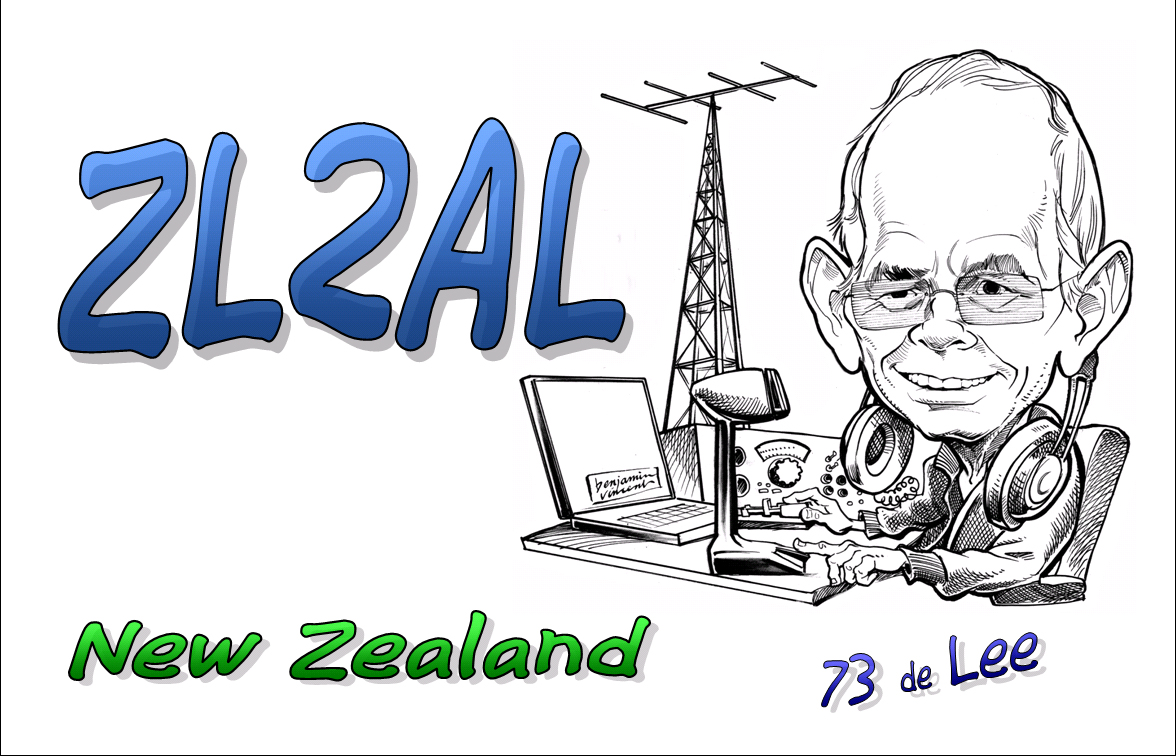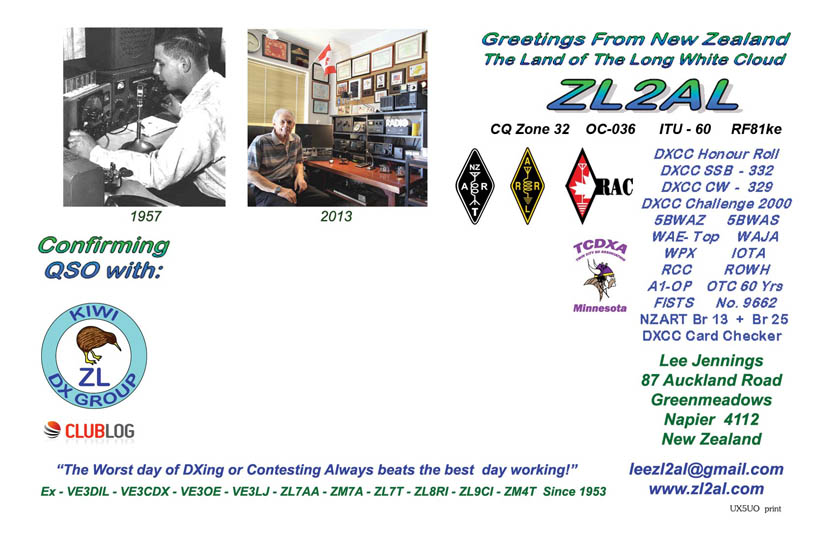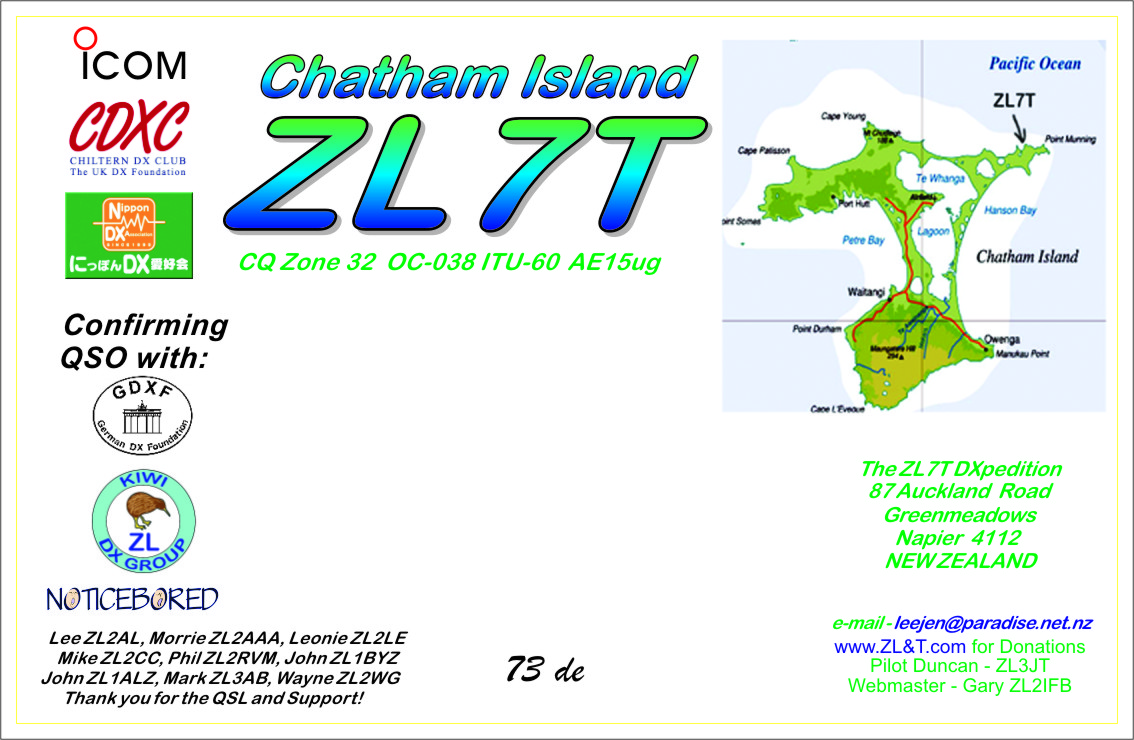This began as an answer to a question raised at a local club meeting where I was giving a talk on QSLing successes and pitfalls. This was my answer to Peter.
Ah yes… the most frustrating endeavor in ham radio except listening to your local repeater!
Peter there are some do’s and don’ts to weight things in your favour. Let’s start with the basics of QSLing.
Date and time
The DATE and TIME are ALWAYS written in Universal Coordinated Time. Be sure you enter the date correctly. There are many valid date formats: October 9 1996 , Oct.9.1996, 9-10-1996, 09-10-96, 09/10/96 but for QSLing purposes the time, like the date, is ALWAYS written in UTC time, and starts at the same time as the new UTC day and is expressed as 0000z. NEVER enter your local time. To do so is courting a no reply, and a waste of time and effort. The BAND can be entered as meter band (20m), as frequency band (14 MHz), or as your transmit frequency (14.195).
The Posting Process:
The size of the envelope is important because of what will be placed inside it. DO NOT use the small airmail envelopes available in many supermarkets as you could well find the returned card has been folded over in order to fit inside. Besides your QSL card, you may wish to include a postcard of your area to show where you reside. I suggest you use a size C6 which is 115x162mm. A packet of 100 is reasonably priced and is available from supermarkets, stationers, and Post offices. Airmail stickers are freely available and should you use an airmail rubber stamp only use a blue ink pad. The mail sorter is glancing for a blue mark, not a red one and instinctively places the blue marked one in the airmail direction. There are two stickers available in the NZ Post Office. Use the Green ones as they are economy, get there almost as fast by air mail and cost $1.50 to send anywhere in the world.
The Package you send
PRINT the address neatly on the envelope. NEVER, NEVER put a call sign on the envelope ANYWHERE. Should you not know the name of the operator, write ‘The Manager’, Box xyz etc. Next, on another envelope neatly print your own address, being sure to include New Zealand at the end. Fold this envelope neatly in half and insert into the one addressed to the DX /manager being sure to place the folded section in first, so that, when it is opened at the other end with a knife or similar tool, the enclosed envelope is also not slit in half. It is essential that you enclose in your letter a form of finance to enable the DX station/manager to purchase a local postage stamp to return your confirmation QSL card. This can take the form of an International Reply Coupon, available from NZ Post and is the equivalent to the minimum airmail letter rate. One IRC is sufficient for letters from North America and Japan but from Europe two or three will be required.
A second alternative is to purchase US$1.00 notes from your local bank. Two US$ are the norm for most of the world and two or three US$ are required for some European counties. For Japan one IRC will cover the return postage. A third method is to put the correct value of mint postage stamps of that country on the envelope, if your local stamp dealer has some among his stock. If you are sending your letter to a developed country, a normal rate postage stamp is ok. However if it is going say, to a third world area you can ask the post office for a printed label stamp for the value required. This is less attractive than a conventional postage stamp and will reduce the likelihood of your letter going astray. The attaching of one of the small green customs declaration stickers filled in as ‘used card’ and ‘ncv’ (no commercial value) will add an air of security to your letter, reducing the risk of it disappearing.
So now you have done everything correctly and you expect to get one by return right? Wrong! It never happens 100% of the time. My estimated percentages over the years and about 15,000 outgoing cards are as follows:
1) QSL Buro – You will be lucky if you get 30% return. Less if they are contest QSOs
2)QSL Manager – Very good returns if the guy is well known as his ham “reputation” depends upon it! I get about 80% returns across a wide range of managers.
3)Direct – This is where it gets a bit tricky but generally I get above 50% returns. If it’s a well known Dxer you will almost always get great returns as his “reputation” is important. If he is an unknown the returns are usually lower.
4)Green stamps or IRCs – Be careful. Some countries won’t allow green stamps. Some country’s Post office employees will steal them. With the advent of PayPal and OQRS, IRCs will be phased out. Some countries will end issuing IRCs at the end of 2013. Some countries are not signatories to the International Postal Union and don’t know what IRC’s are. Some countries will look at your stamp if it’s a nice one and your envelope will disappear!
Rogue DXers
Ham radio is filled with a cross section of DXers and DX stations. Some if extremely rare will actually ignore your first QSL direct and wait for you to send another one (with more green stamps of course) Some will ignore you completely! I can recall working a rare middle east station about 10 years ago and could not get him to QSL. One day I actually heard him in QSO with another very prominent middle east station and I waited till they were finished and called him. I had worked him a few times before and asked him if he could ask his mate to have a look for my QSL!! Yes, I know, cheeky as hell but anything is fair when you want a QSL. The guy said he would and I had my QSL in about 3 weeks after waiting over 4 years.
Sometimes rogue DXers will take your money and return your QSL via the buro. I used to go berserk when I got one and then I thought… calm down….. I have the card and it counts so what’s your problem. And then there are the DXers that sit there night after night making the QSO numbers and then wait for the cash to arrive. And it does! They have a moral dilemma whether to order their new BMW or fork out for return cards and postage.
And there are the funny ones. A close mate worked a well known Middle East station a few years ago a few times on different bands. He particularly wanted the 80M confirmation and it never came after several tries. I worked the same station on several bands and have QSLs from the same guy no problem. How do you figure that one? So every time I mention that particular station in my mate’s presence I get an earful.
With QSLing Peter there is no definitive answer. You just do what you have to do and follow the guidelines above. And don’t take a non-return for an answer. Many years ago I worked 6Y5WJ on CW. After sending him a card via buro and green stamp version direct nothing eventuated. I have never worked another 6Y5 on CW. A few months ago I saw him spotted on the DX cluster. Ah Ha!!!! I then went to QRZ.com and got his email address and sent him the usual groveling note. Surprisingly he wrote straight back and said he had moved back and forth from 6Y5 to G land and the mail never got to him and if I sent him a card.. he would QSL. And sure enough he did and it gave me #305 on CW.
So… never give up and you will get there. Just don’t expect others on the other side of the world to have the same morality as you do!
73, Lee ZL2AL
(See what happens when you ask a question?

